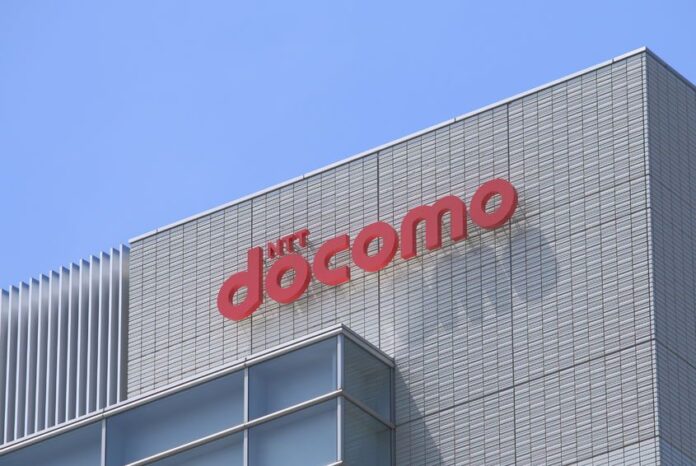Nokia said that the AI RF capacity planning solution is part of Nokia’s AVA software offering
Nokia announced that it has deployed its artificial intelligence (AI) radio frequency (RF) capacity planning software for Japanese telco NTT DoCoMo with the aim of improving the efficiency of the latter’s 5G network and to speed up RF planning.
In a release, the Finnish vendor noted that the AI RF capacity planning solution is part of Nokia’s AVA software offering. The solution was customized based on Docomo’s requirements and can predict RF capacity of 4G cells from BTS performance data and simulate the best candidate locations of 5G cell and RAN hardware to meet required area capacity, Nokia said.
The software, it added, supports DoCoMo’s ongoing work to achieve a clearer understanding of where its network is starting to get congested and where to plan network upgrades to prevent capacity bottlenecks.
Yoshitaka Hiramoto, director of RAN department at NTT DoCoMo, said: “We are striving to create new values and contribute to the resolution of social issues through communication technology to make our customers’ lives more convenient and prosperous. To achieve this, efficient network construction is essential, and we expect incorporating Nokia’s AI driven RF capacity planning software into our network capacity design work will help us to realize the construction of efficient networks.”
“Placing a 5G cell in the best location can be just as important as the technology itself. AVA’s AI driven capacity planning software gives Docomo a critical tool for better understanding network capacity levels in order to give its customers an even better 5G experience,” said John Lancaster-Lennox, head of market unit Japan at Nokia.
Earlier this week, Nokia said that its OSS, BSS, and security software applications will be unified under the company’s AI and machine learning-focused Automation, Visualization, Analytics (AVA) division.
Last month, NTT DoCoMo launched what it claimed to be the world’s first commercial 5G SA network allowing smartphones to simultaneously utilize both mid-band (sub-6 GHz) and mmWave frequencies, a technology also known as 5G NR Dual Connectivity (NR-DC).
Devices that support the 5G NR DC feature—all using Qualcomm’s Snapdragon 8 Gen 1 Mobile Platform—include the Samsung Galaxy S22 and Galaxy S22 Ultra, the Sharp AQUOS R7 and the Sony Xperia 1 IV. In a press note, Qualcomm said the combination of mmWave and sub-6 GHz is delivering up to 4.9 Gbps download speeds and 1.1 Gbps upload speeds.
Earlier this year, NTT DoCoMo said it expected to accelerate the pace of its 5G expansion in the country, as rival operators are also quickly rolling out 5G across Japan.
According to the report, NTT DoCoMo was expecting to offer coverage to 90% of the Japanese population by March 2024, which is up from its previous goal of 80%.
Rival telecommunications provider KDDI said it will likely achieve 90% coverage by the early part of the fiscal year that starts in April, while SoftBank says it will reach the mark this coming spring.
NTT DoCoMo initially launched 5G services in Japan in 2020.
In December last year, Japanese tech company NEC said it has provided packet core and base stations for the 5G Standalone (SA) services that NTT DoCoMo launched commercially that same month.

